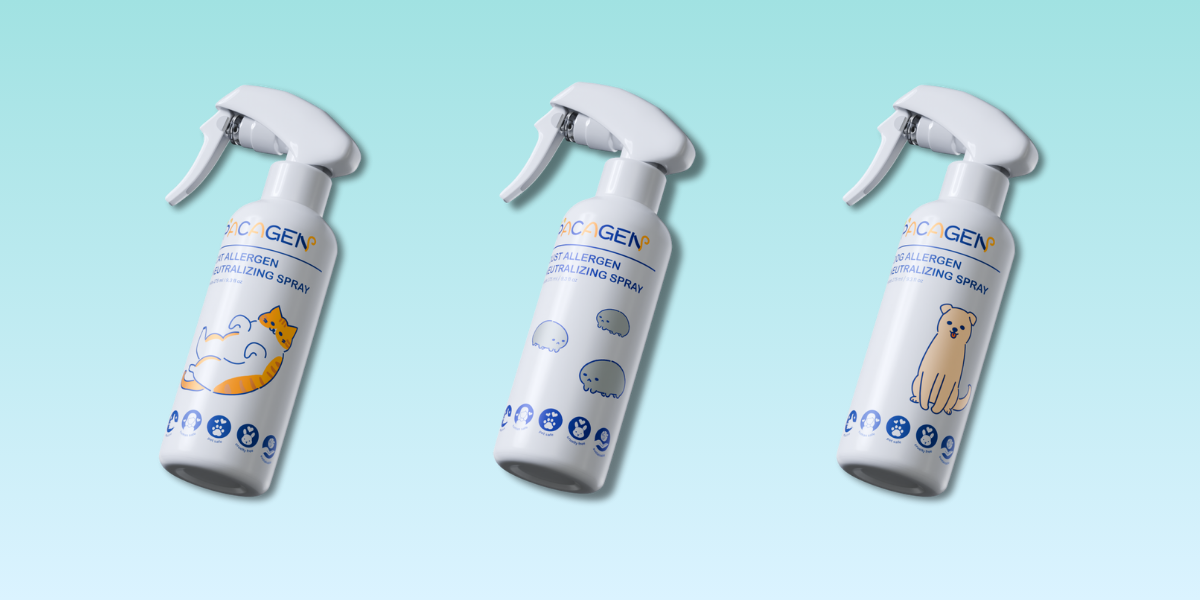5 Ways To Manage Allergens In The Home
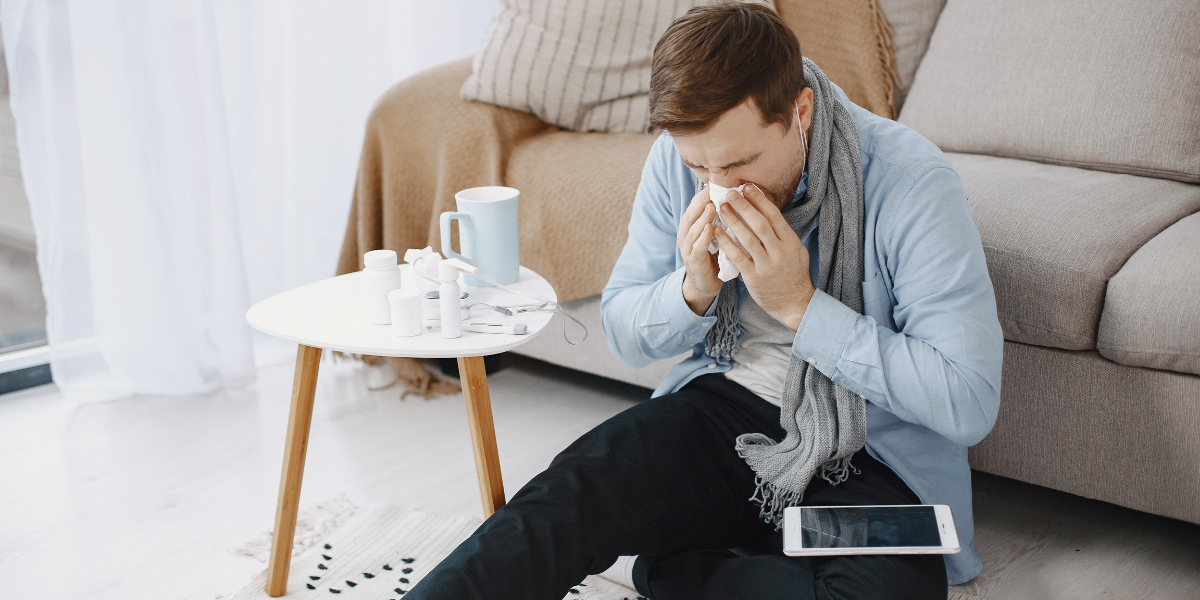
Allergens are everywhere, and unless you take proactive steps to manage them, they won't be going anywhere anytime soon. Airborne allergens in the home in particular are notoriously challenging to remove without the right tools. To help you get started, we've put together a list of 6 ways to manage allergens in the home.
Allergens are everywhere, and unless you take proactive steps to manage them, they won't be going anywhere anytime soon. Airborne allergens in the home in particular are notoriously challenging to remove without the right tools. To help you get started, we've put together a list of 6 ways to manage allergens in the home.
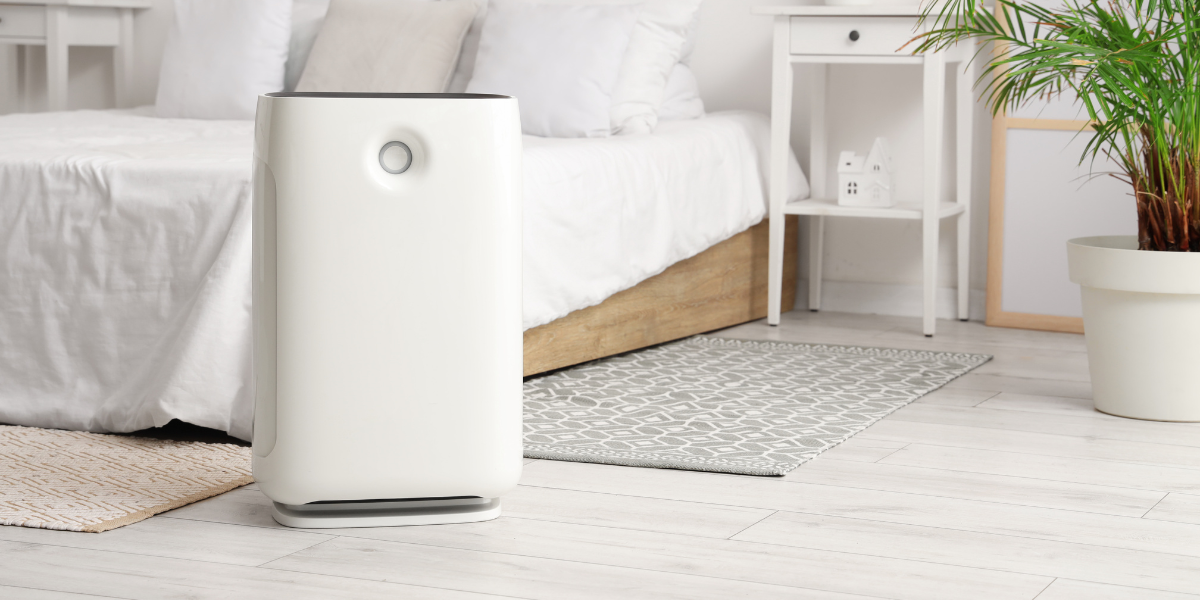
1. HEPA Is King, But There's More To The Story
High Efficiency Particulate Air (HEPA) filters are present in a variety of home appliances, including air purifiers, vacuum cleaners, and even some air conditioners. They're designed to capture, at minimum, 99.97% of particles, including dust, pollen, pet dander, and mold spores. Having a robust pre-filter is also important, as it can capture much larger things like pet hair & dander before it makes it to the HEPA filter, extending its lifespan. Having a variety of HEPA appliances in your home (and regularly using them!) is a great starting point when it comes to managing allergens in your home.
When shopping around for a HEPA appliance, make sure to check the filter and confirm that it's a true HEPA filter. The rising popularity of HEPA appliances has led to some manufacturers cutting corners and marketing their appliances as "HEPA-type" or "HEPA-like", which aren't held to the same quality standards as a true HEPA filter. These "HEPA-like" and "HEPA-type" appliances are often less expensive, but they aren't able to capture as many particles as a true HEPA filter.
2. Allergen Neutralizing Sprays Are Your Best Friend
Allergen neutralizing sprays are a great way to keep your home safe. These highly specific sprays are purposefully crafted to break down allergens on contact. Because they're designed to only act on allergens, it's safe to use on a variety of surfaces, including clothes, sheets, and other surfaces. The best part? It takes less than 10 minutes a week to get results. For those of us living busy lives and have no time to regularly deep-clean the home, this is a no-brainer. 10 minutes a week for an allergen-free home? Sign me up!
If you're looking for a great allergen neutralizing spray, check out Pacagen. They made an allergen neutralizing spray for cat, dog, and even dust allergens.
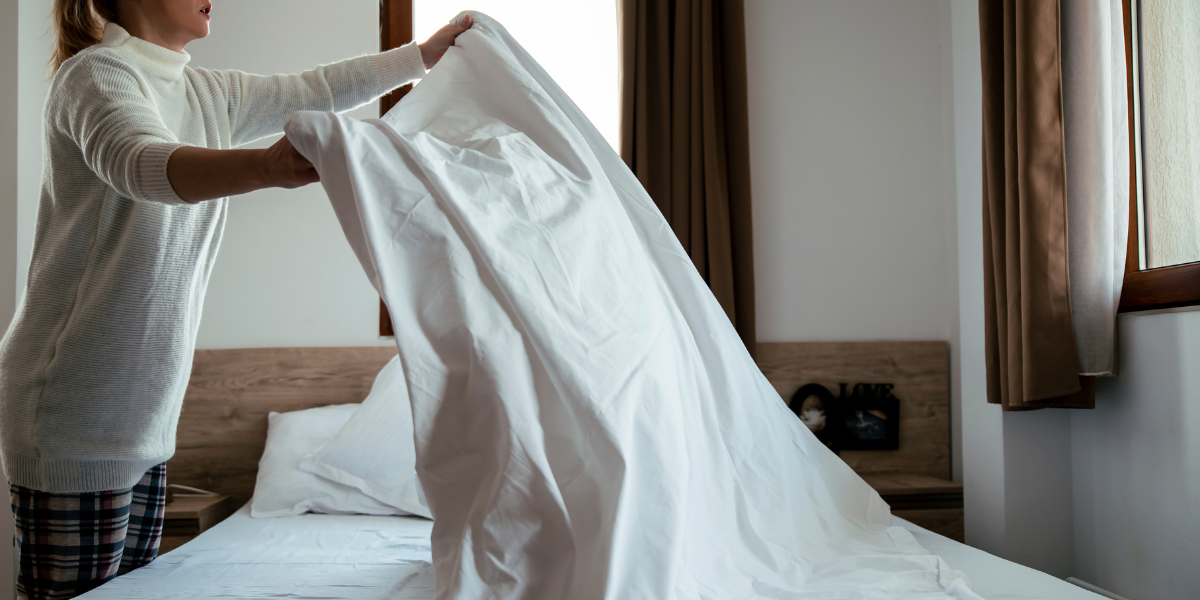
3. Wash Your Clothes and Sheets More Often Than You Think You Should
This one's particularly important for people with dust allergies, but can still apply to other allergies as well. Allergens - the particles that cause your allergies - are incredibly tiny, and cannot be seen by the naked eye. Even if the sheets look clean, your sweaters are free of cat hair, and the couch was just vacuumed, chances are, there's still allergens hiding deep in the fibres. Research suggests that washing at 130°F or higher every week is the most reliable way to remove allergens from your clothes and sheets.
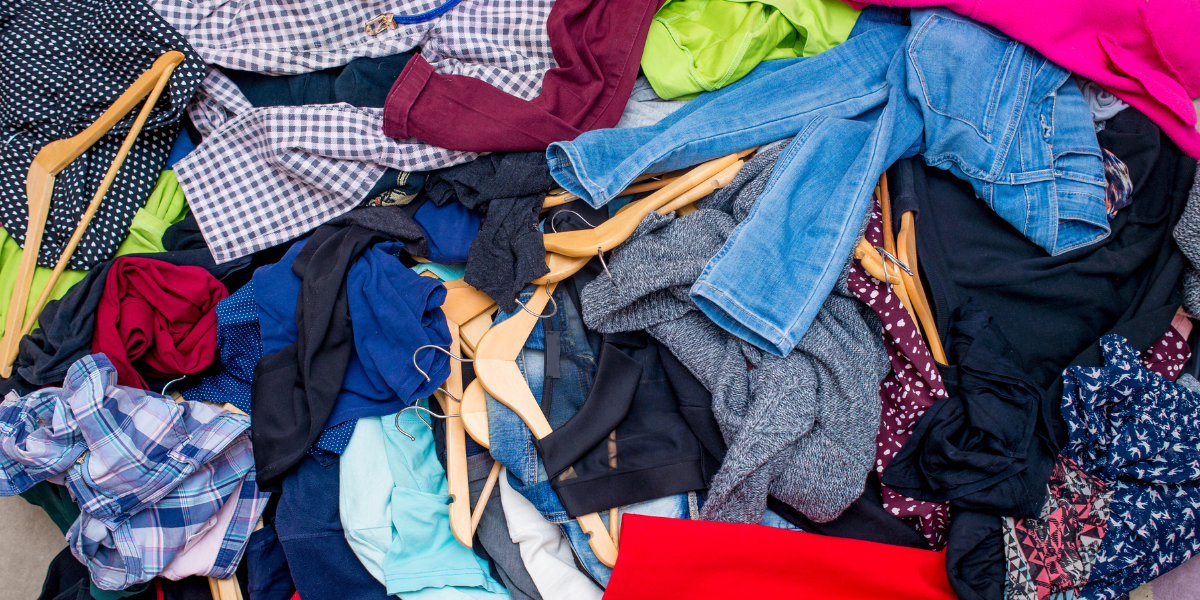
4. Don't Forget The Clutter
Remember that pile of old newspapers in the corner? What about the box of old clothes you've been meaning to donate? Because these neglected items tend to be left untouched for extended periods of time, allergens build up on them and there's nothing around to clean them up. You might assume that only dust allergens make it onto the pile, but any allergen can build up here if it's not cleaned regularly. This is a hotstpot for allergens, and a fantastic place to start when it comes to managing allergens in your home. Try Pacagen as well to enhance the cleaning process and make sure that the pesky allergens are kept in check.

5. Consider Home & Furniture "Upgrades"
In the same vein as washing your clothes and sheets more often, consider upgrading your home and furniture. Like clothes and sheets, carpeted floors and upholstered furniture are magnets for allergens. Except that cleaning an upholstered couch isn't as simple as washing a sweater. If pets are in the home, being conscious about furniture choices is a must. Pets lounging on furniture causes allergen buildup, dander & fur gets trapped in carpet fibres after shedding, and they can stir up dust from all over the house as they move around, all of which cause allergy flare-ups.
Hardwood floors, leather furniture, and tile, while not foolproof, are good alternatives to carpeted floors and upholstered furniture (and Pacagen is safe to use on them!). They're generally easier to clean and don't trap allergens as easily. If you're up for the investment, these are worthwhile places to begin.
So What's Next?
Living with allergies can sometimes feel like a never-ending battle. But with the right tools and a little bit of effort, you can take control and live a life free of allergy flare-ups:
- Adding HEPA Filters & Pacagen to your arsenal
- Getting in the habit of non-negotiable cleaning days
- Making smarter furniture choices
These steps set you up for success in the long run. Don't let allergies control your life - you can take control of your environment and your health.
